The first Chinese person to discover a new asteroid and name it "Zhonghua" was only 26 years old at the time!
This year, with the popularity of the movie "The Wandering Earth 2" and the TV series "Three-Body Problem", a science fiction craze has swept across the country. Looking up at night to see if the universe is "shining for you" has made many people interested in looking up at the starry sky. In fact, among the vast stars, there are many stars with names, and the person who first discovered this star has the right to name it. In space, there is a star called "China Star". Its discoverer is a Chinese named Zhang Yuzhe, who was also the first director of the Purple Mountain Observatory after the founding of New China.
In the middle of the night, the sky above the Xuyi Observatory of the Purple Mountain Observatory was full of stars, which was the prime time for NEO detection and solar system celestial body research teams to carry out observation activities. Above the main control room, the largest aperture NEO telescope in China was erected. Since the beginning of this year, the research team has used this "big eye" to discover five new asteroids and one comet, setting the best record in recent years.
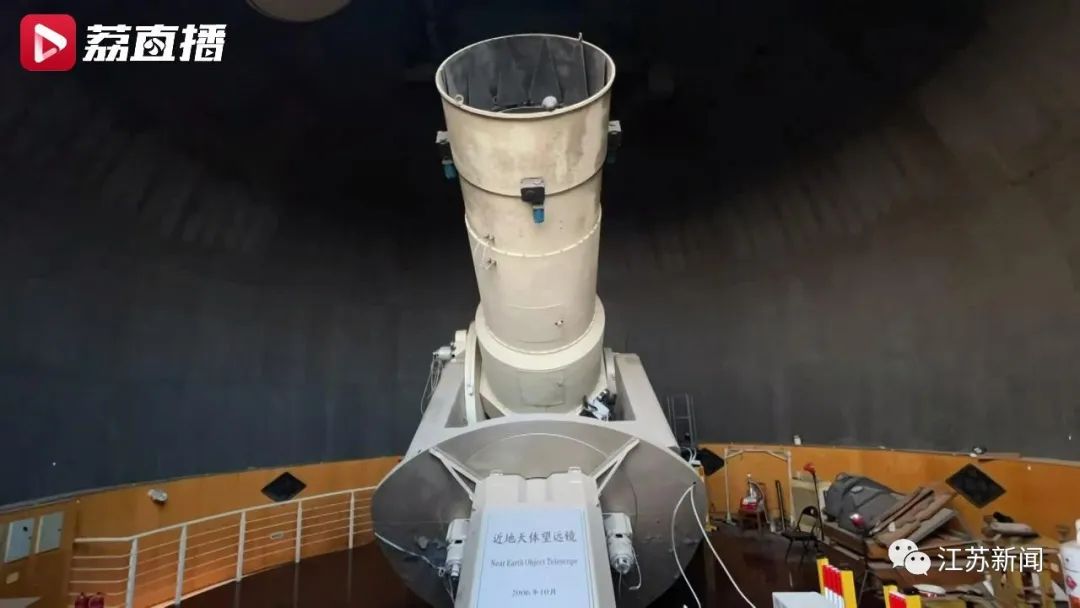
There is a star in the sky called "China Star", its international number is 3789. From August 2022 to January 2023, the Purple Mountain Observatory observed this star 13 times.
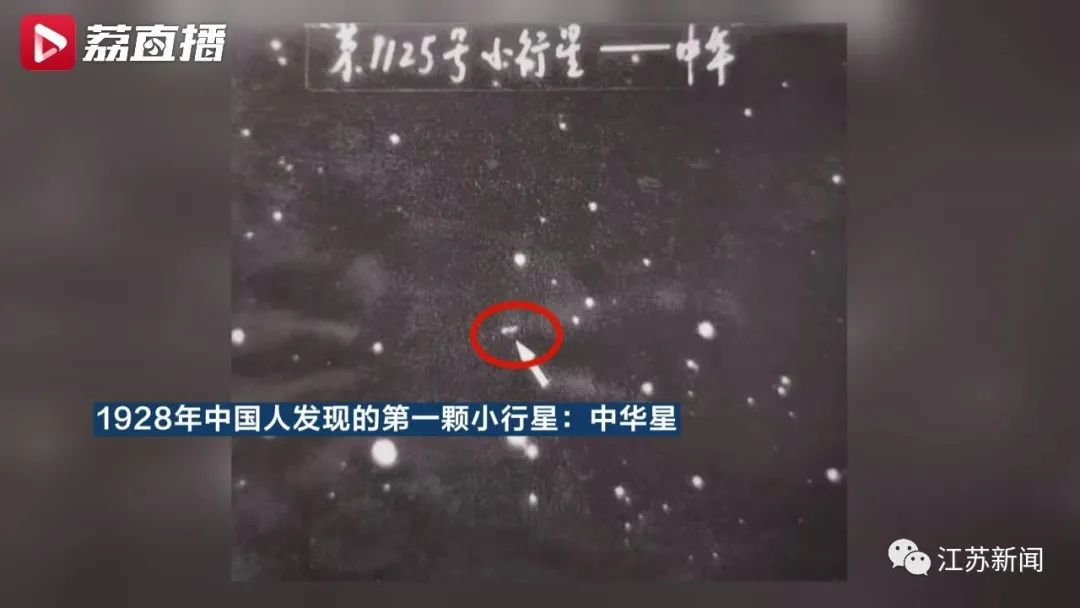
This "China Star" actually has another name. Zhang Yuzhe, who was studying in the United States, discovered the asteroid in 1928 and named it "China Star". Behind the change from "China Star" to "China Star" is the tortuous experience of the development of modern Chinese astronomy.
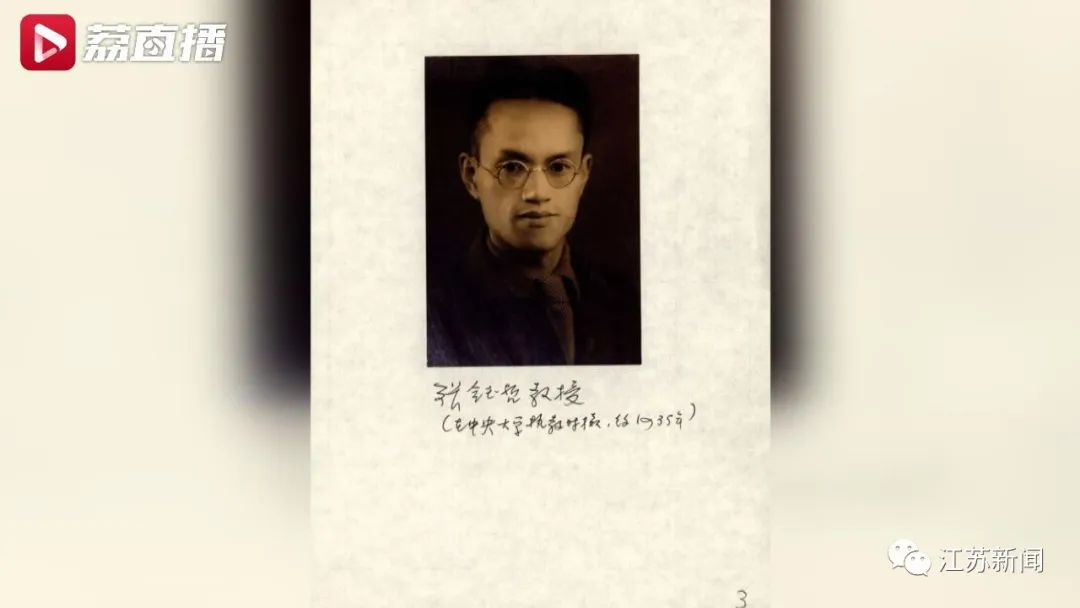
In 1929, at the age of 27, Zhang Yuzhe completed his doctorate and returned to teach at the Department of Physics of Central University. At the same time, he was a special researcher at the Institute of Astronomy of the Academia Sinica. Since there were no large astronomical telescopes in China at that time to track and observe, the "China Star" numbered 1125 was "unknown" for a long time and lost its trace.
In 1934, the Purple Mountain Observatory that Zhang Yuzhe participated in the construction was finally completed. But not long after, the Anti-Japanese War broke out, and Zhang Yuzhe moved westward with the observatory to Kunming. No matter how difficult the wartime conditions were, he did not give up astronomical research.
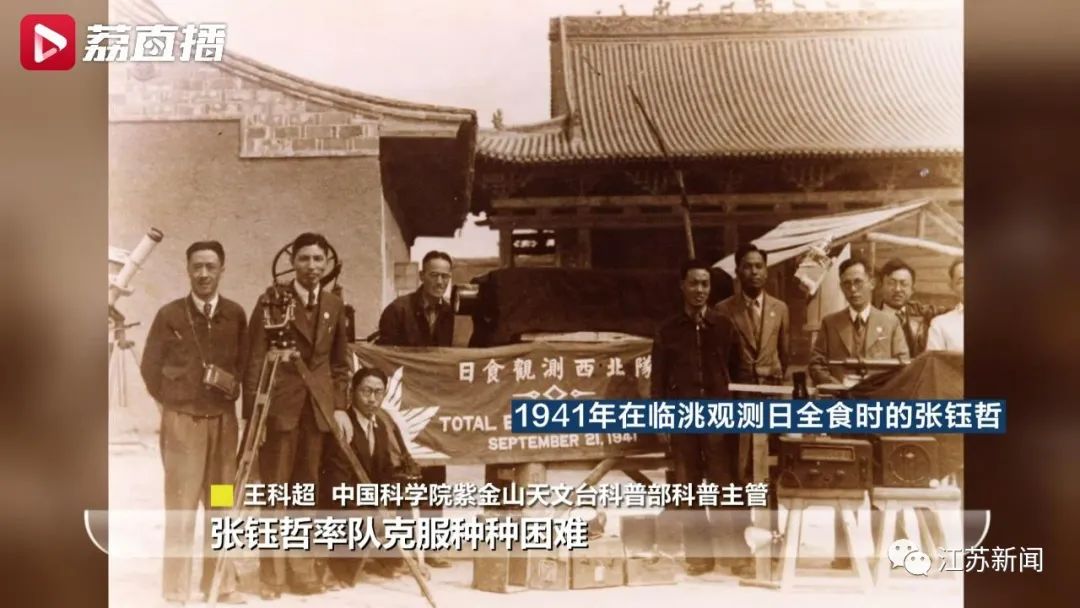
Wang Kechao, director of science science at the Zijinshan Observatory of the Chinese Academy of Sciences, introduced that on September 21, 1941, a total solar eclipse occurred in China. At that time, during the Anti-Japanese War, under extremely difficult conditions, Zhang Yuzhe led a team to overcome various difficulties, set off from Kunming, Yunnan, and traveled 3,000 kilometers to Lintao, Gansu Province. Scientific observation of the total solar eclipse was carried out, and a large number of precious total solar eclipse films were successfully filmed. This is the first total solar eclipse photo taken by Chinese people in their own country.
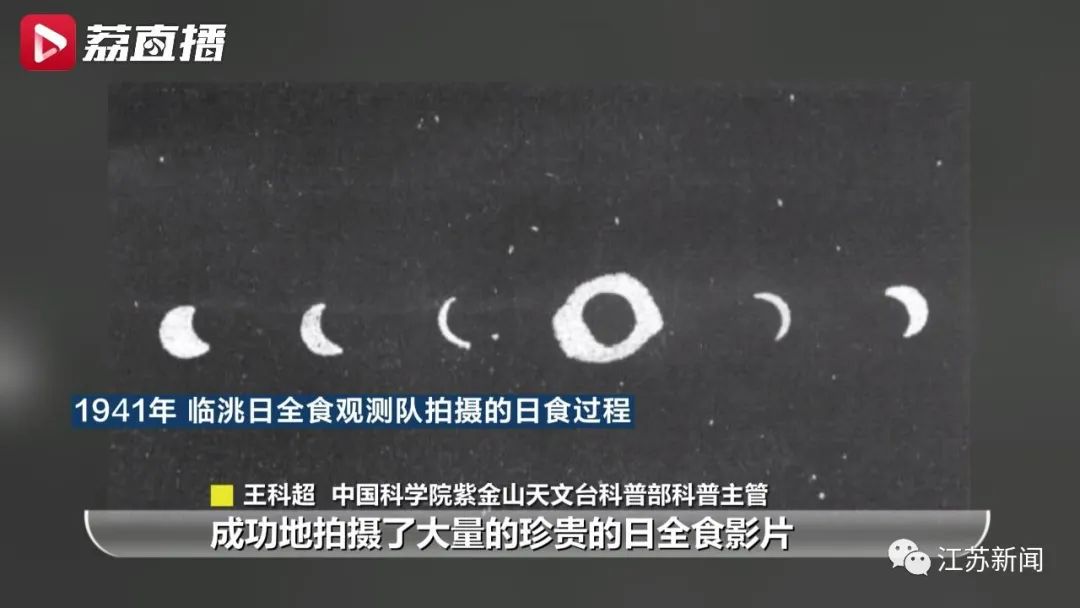
After the end of the Anti-Japanese War, Zhang Yuzhe went to the United States again with the mission of learning the latest astronomical technology to prepare for the reconstruction of the Purple Mountain Observatory. After the training, Zhang Yuzhe refused the retention of some astronomical institutions in the United States and resolutely returned to the motherland. He was appointed as the first director of the Purple Mountain Observatory after the founding of New China, and for nearly 40 years after that, he founded and led the observation and research of planets, asteroids, comets and artificial satellites in our country.
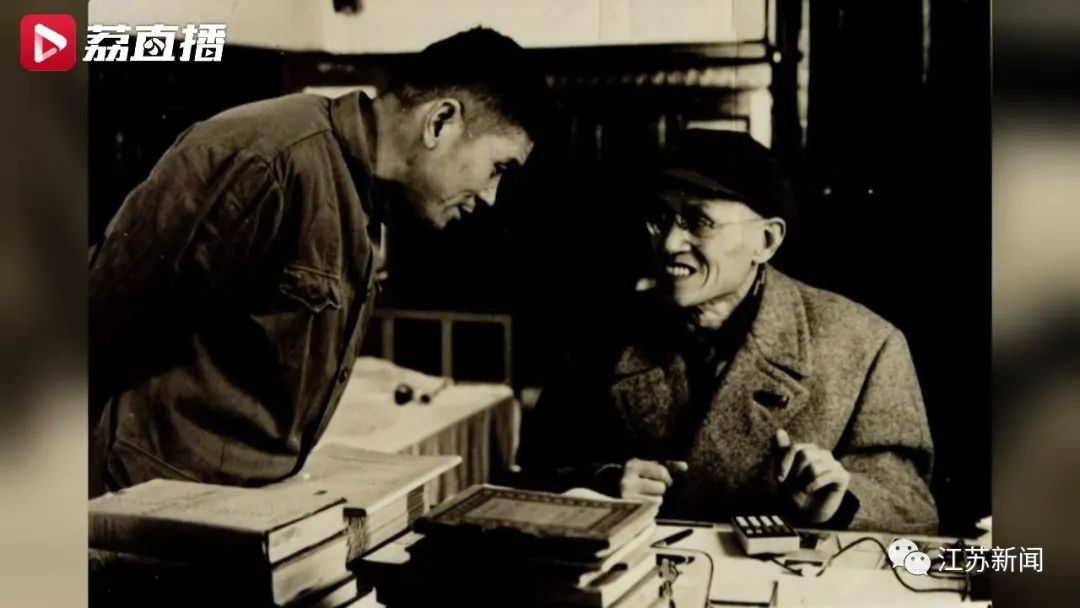
"Zijinshan Observatory has a 60-centimeter-diameter reflecting telescope, which was the largest telescope in the Far East at the time. After Mr. Zhang returned to China, he personally restored the telescope. It was next to this telescope that he led the young team to spend sleepless nights here, discovering more than 100 new asteroids and three Zijinshan comets, all of which received international permanent numbering and naming rights," Wang Kechao said.
Zhang Yuzhe also participated in formulating the national science and technology development plan, presided over the drawing of the astronomy development blueprint in the 1960s, and made outstanding contributions to the aerospace and national defense undertakings of New China.
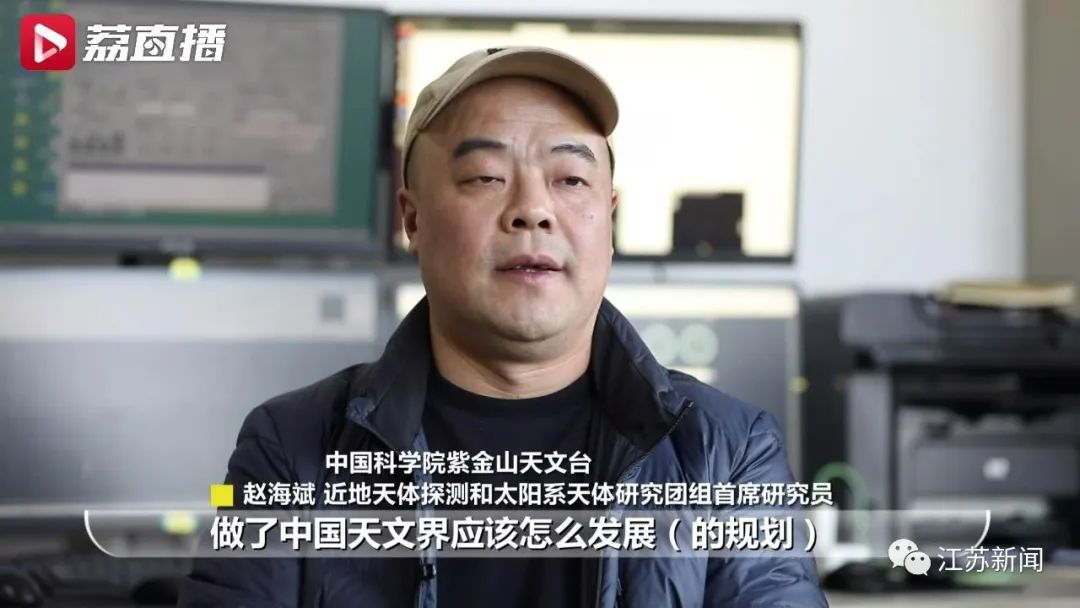
"Mr. Zhang Yuzhe is one of the founders of modern Chinese astronomy," said Zhao Haibin, chief researcher of the Near-Earth Object Exploration and Solar System Astronomy Research Group at the Purple Mountain Observatory of the Chinese Academy of Sciences. "It was under the auspices of Mr. Zhang Yuzhe that he made a plan for how Chinese astronomy should develop. He presided over the design of the orbit determination plan of China’s first artificial satellite, which played a very important role in the launch and orbit determination of the National Dongfanghong Satellite."
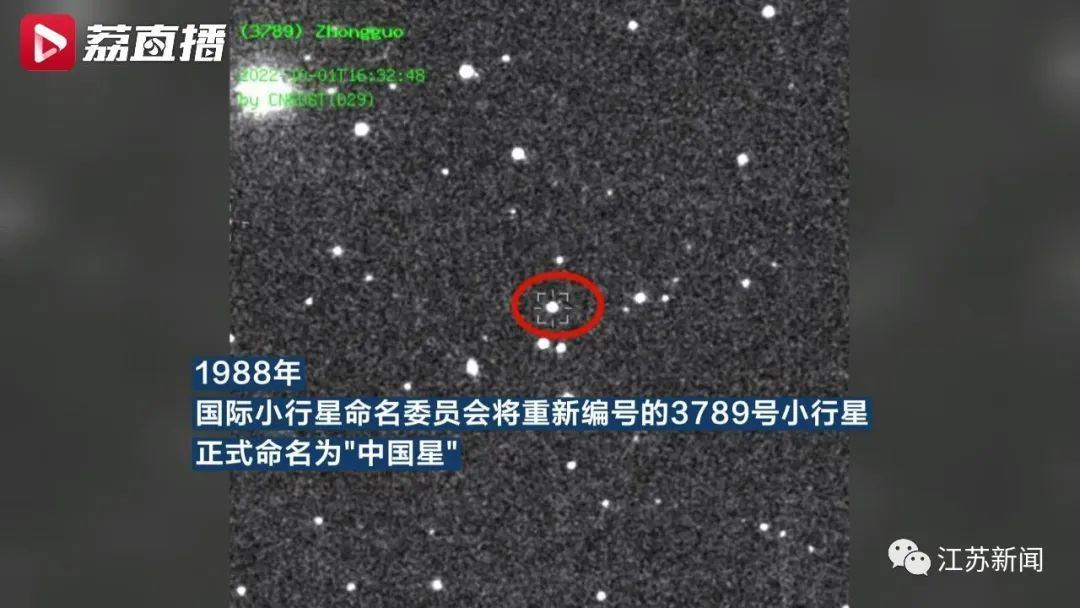
Asteroid 1125, which had been "missing" before, was observed many times in 1975, 1981, and 1986. In 1988, the International Asteroid Nomenclature Committee decided to rename the asteroid 3789, officially naming it "China Star". From "China Star" to "China Star", Zhang Yuzhe’s lifelong love and dedication are like starlight, illuminating the future path of Chinese astronomy.
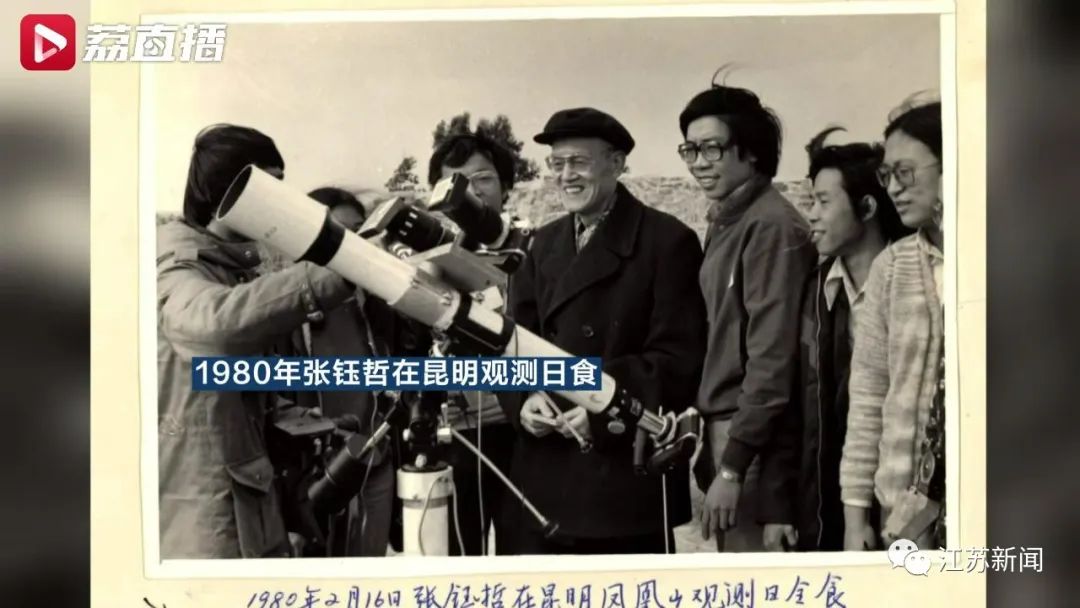
Zhao Haibin, principal researcher of the Near-Earth Object Exploration and Solar System Astronomy Research Group at the Purple Mountain Observatory of the Chinese Academy of Sciences, said: "What our team is doing now is actually in the same vein as what Mr. Zhang did. Now we have discovered about 4,000 new small solar system bodies. In terms of data volume, we belong to the first echelon in the world, including the accuracy of observation data. We have not lost face to Mr. Zhang."
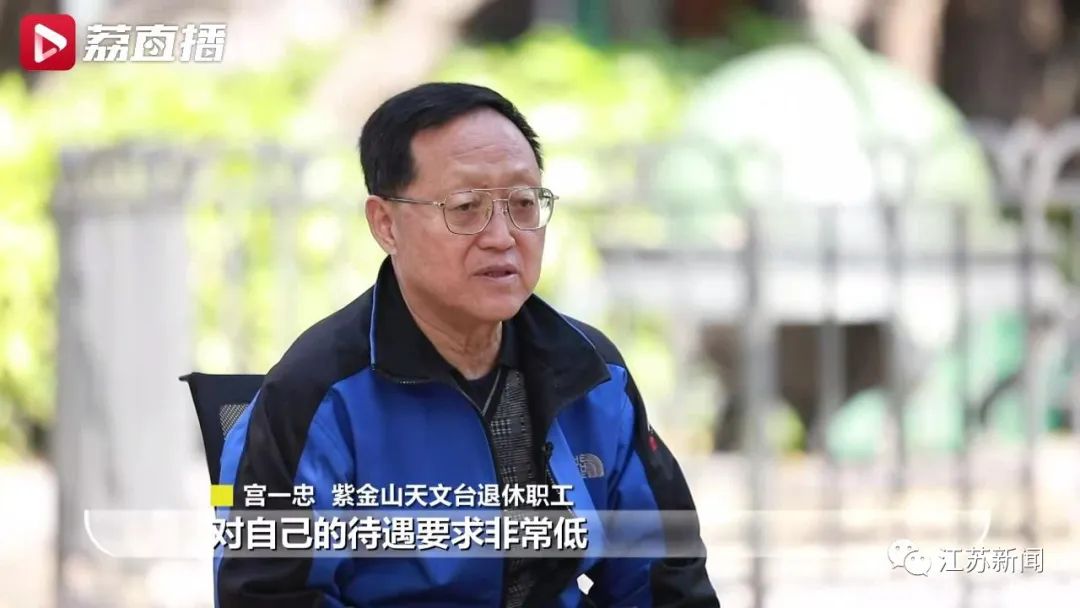
Gong Yizhong, a retired employee of the Purple Mountain Observatory, recalled: "Mr. Zhang Yuzhe lived a simple life and had very low requirements for his own treatment. At that time, the state provided him with a special car, and he never took a ride, so he rode up the mountain with us in an open-top truck. He had very strict requirements for academic research, and absolutely did not allow false academic or false data. We staff have always kept it in our minds, until now."
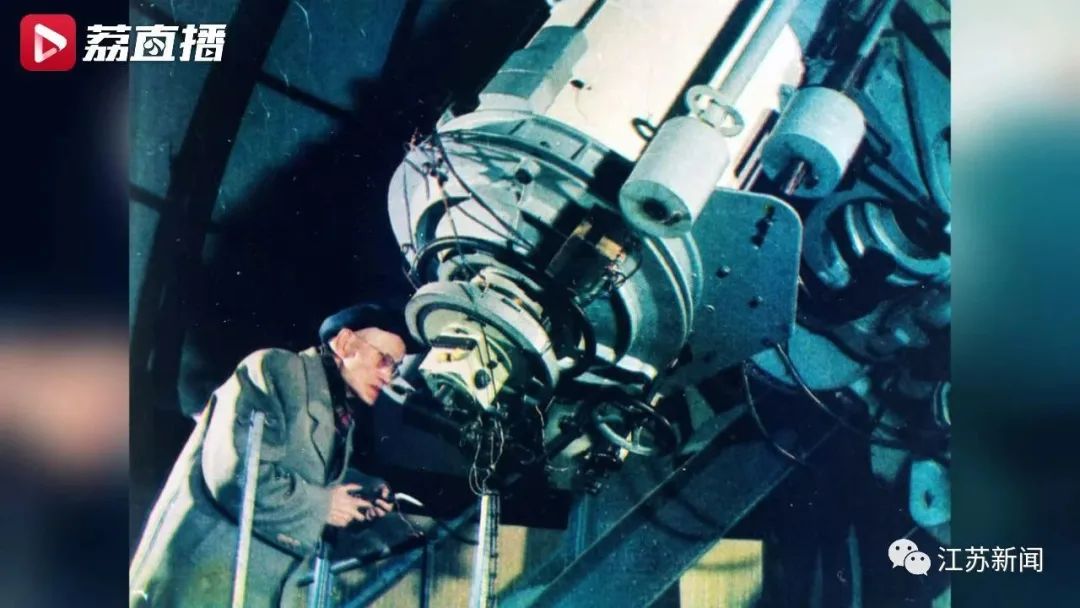
After 70 years, the former German-made binoculars were replaced by the near-Earth object telescope independently developed by the Chinese.
Since 1956, the Purple Mountain Observatory has discovered nearly 5,000 asteroids.
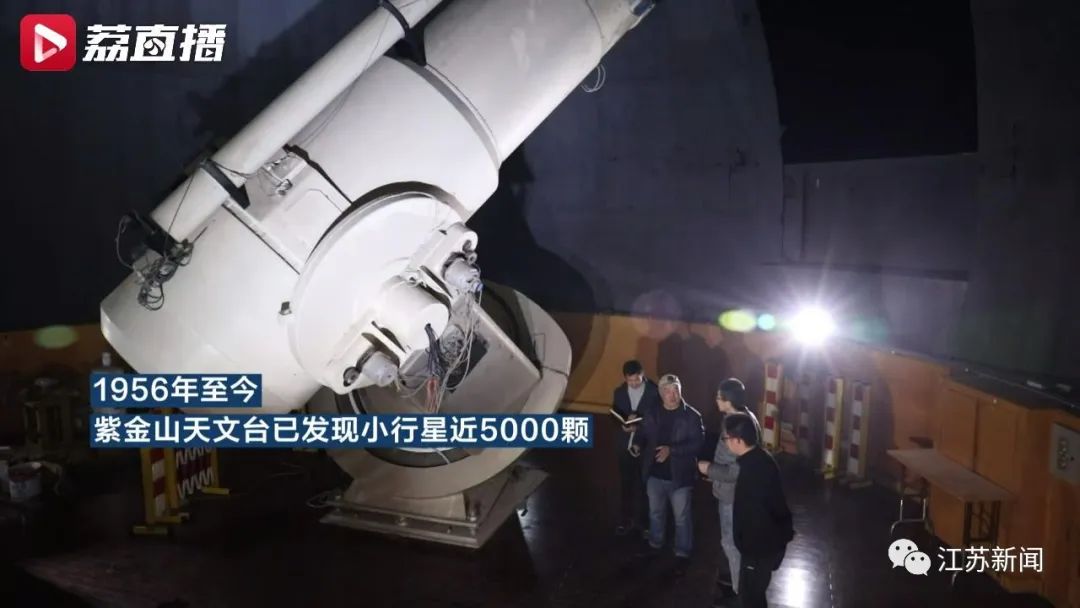
In 2006, the Zijinshan Observatory Near-Earth Object Telescope and Xuyi Observatory were completed, and then seven field operational observatories were established in Qinghai, Antarctica and other places;
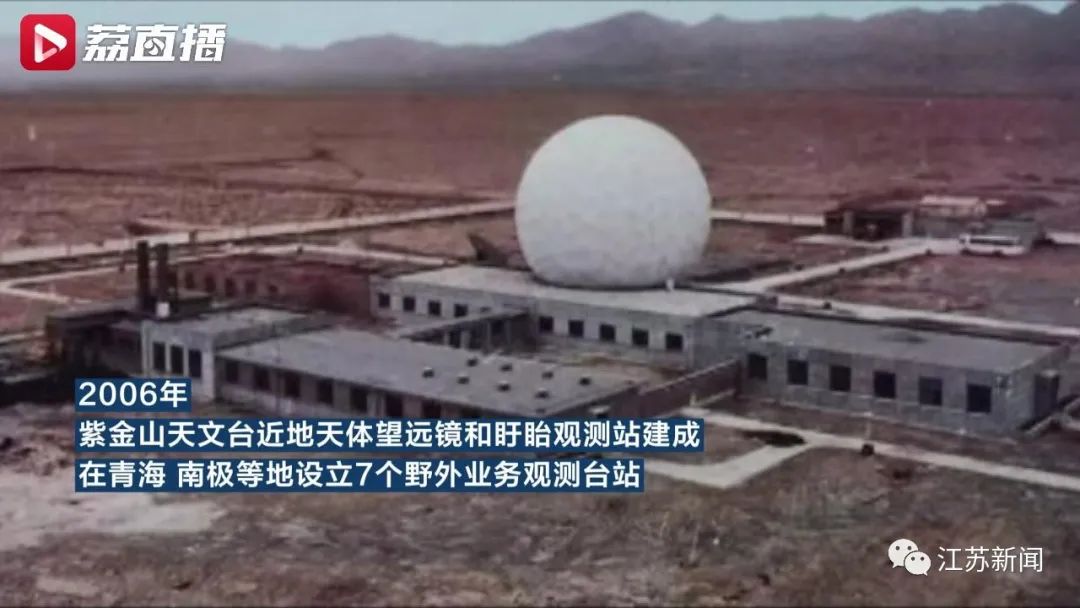
In 2015, Zijinshan Observatory led the development and operation of our country’s first astronomical science satellite – the "Wukong" dark matter particle detection satellite;
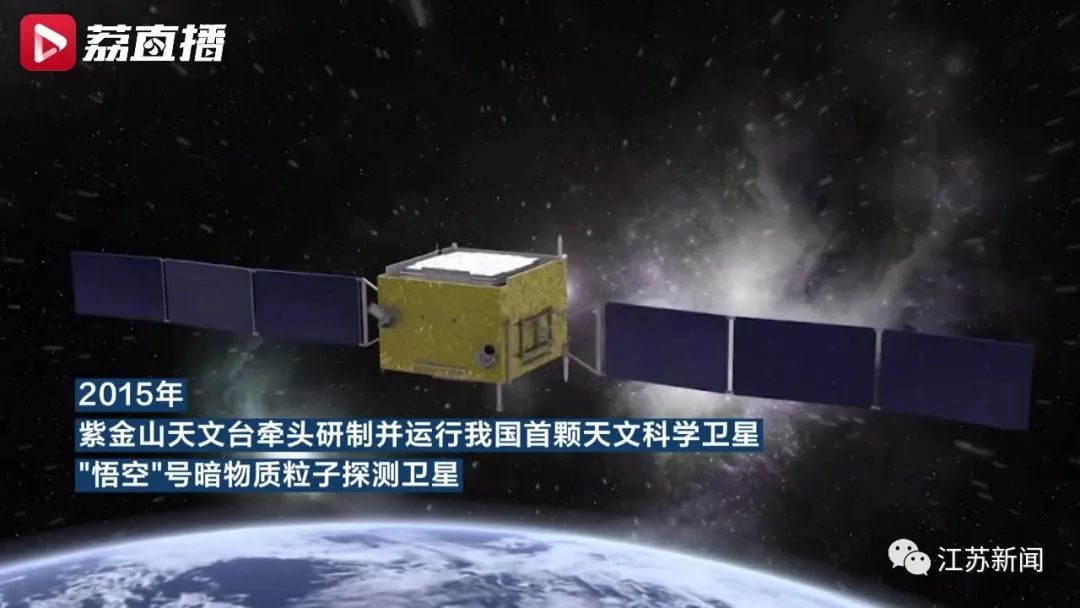
In 2022, our country’s first comprehensive solar exploration satellite "Kuafu-1", which Zijinshan Observatory participated in as the main unit, was successfully launched, opening a new era of comprehensive solar observation in China…
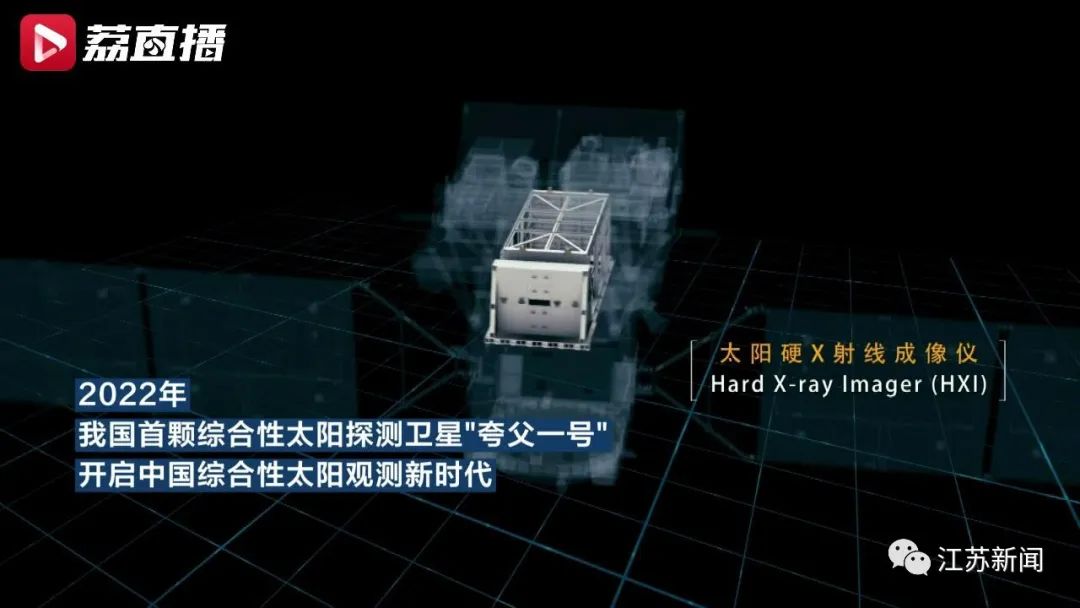
Following the path blazed by the old director Zhang Yuzhe, generations of Zitai astronomers have continued to explore the vast universe with tenacity and rigorous scientific attitude!
The original title: "The first Chinese person to discover a new asteroid and name it" Zhonghua "was only 26 years old at the time!"
Read the original text